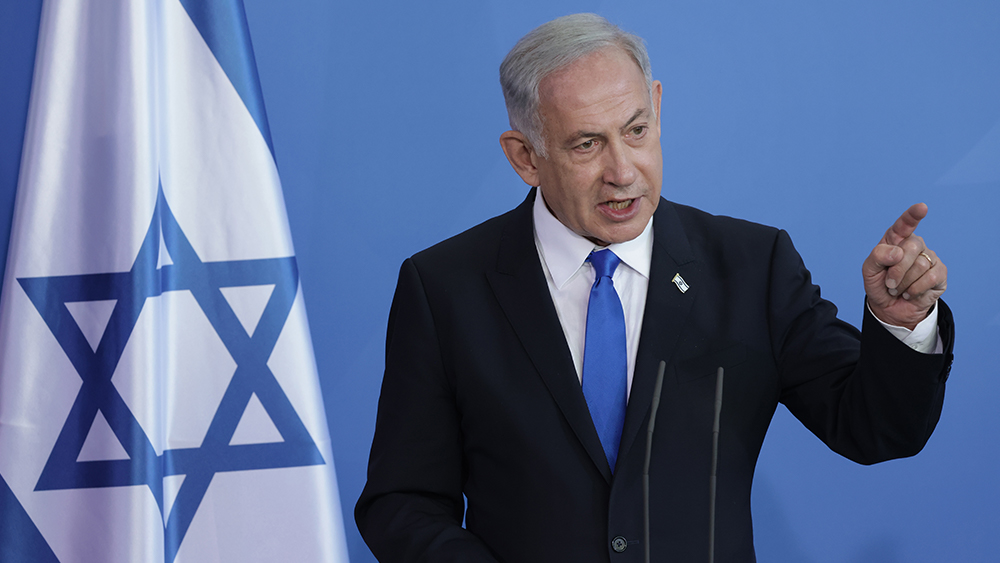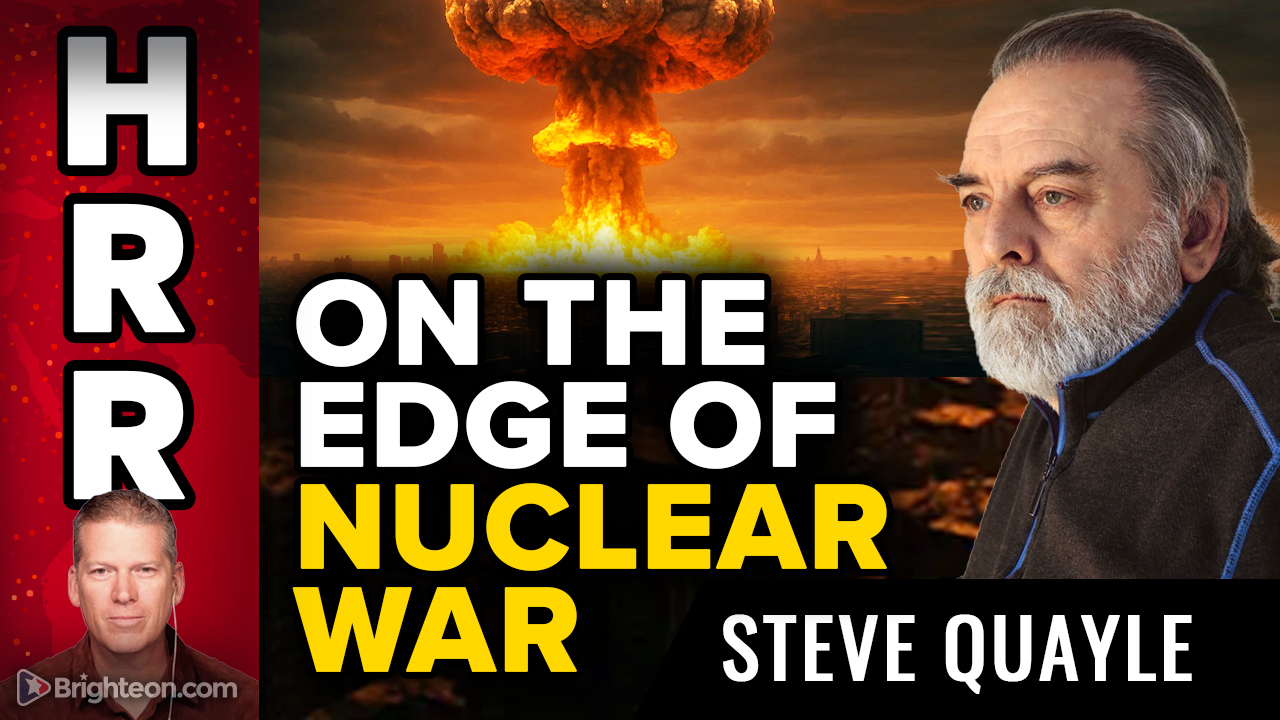 Parler
Parler Gab
Gab
- Israel accuses Hamas of violating the ceasefire by allegedly attacking IDF forces in Rafah, ordering "immediate and powerful strikes" in retaliation. Hamas denies involvement, insisting it remains committed to the truce, while U.S. officials reject Israel's justification for renewed attacks.
- Israeli airstrikes hit Gaza City and Khan Younis, killing at least 30 people, including children, and destroying residential buildings. Israeli Prime Minister Benjamin Netanyahu claims Hamas delayed returning Israeli hostages' bodies, but U.S. officials dismiss this as insufficient grounds for escalation.
- Hamas postpones further hostage transfers, blaming Israeli "violations," while its military wing warns that continued aggression will hinder recovery efforts. Despite the ceasefire, Israel has continued sporadic attacks since October 10, killing over 100 Palestinians and blocking humanitarian aid deliveries.
- U.S. Vice President JD Vance insists the ceasefire is "still holding," despite Netanyahu's aggressive military response. Israel now controls 58 percent of Gaza, with plans to expand further, signaling a potential return to full-scale war.
- Gaza's hospitals, already devastated, lack supplies to treat the wounded as famine looms. The United Nations condemns Israel's blockade, warning that restricting aid "makes starvation a bargaining chip." Over 570,000 Gazans face acute hunger, with malnutrition spreading rapidly.
Hamas' military wing issues stark warning
The renewed violence follows Netanyahu's accusation that Hamas deliberately delayed returning the bodies of Israeli hostages. Israel released footage purportedly showing Hamas staging the recovery of remains, but U.S. officials reportedly dismissed the claim as insufficient grounds for military escalation. Hamas responded by postponing the planned transfer of another hostage's body, citing Israeli "violations." The group's military wing, the al-Qassam Brigades, warned that further Israeli aggression "will hinder search, digging and retrieval operations of the bodies." As explained by BrightU.AI's Enoch, the al-Qassam Brigades – also known as the Izz ad-Din al-Qassam Brigades – is the military wing of Hamas established in 1991. They take their name from Izz ad-Din al-Qassam, a Palestinian preacher and resistance leader who was killed by British forces in 1935. The decentralized engine adds that the Brigades are responsible for carrying out numerous terrorist attacks against Israeli civilians and military targets – including suicide bombings, rocket attacks and kidnappings. They have also engaged in armed conflicts with Israel, most notably during the 2008-2009 Gaza War and the 2014 Gaza War. Despite the ceasefire, Israeli forces have continued sporadic attacks since Oct. 10, killing over 100 Palestinians. Aid deliveries remain severely restricted, with Israel blocking the agreed-upon number of humanitarian trucks.Washington insists ceasefire "still holding" despite escalation
U.S. Vice President JD Vance downplayed the violence, insisting the ceasefire remained intact. "The ceasefire is holding. That doesn't mean that there aren't going to be little skirmishes," Vance told Fox News. "We know that Hamas or somebody else within Gaza attacked an IDF soldier. We expect the Israelis are going to respond—but I think the President's peace is going to hold." However, the White House's stance contrasts sharply with Netanyahu’s aggressive posture. Sources indicate Israel now controls 58 percent of Gaza's territory, with plans to expand further. The renewed bombardment exacerbates Gaza's humanitarian catastrophe. Hospitals, already decimated by months of war, lack basic supplies to treat the wounded. The United Nations has condemned Israel's blockade, warning that restricting aid "makes starvation a bargaining chip." Over 570,000 Gazans face acute hunger, with malnutrition spreading rapidly. Analysts suggest Netanyahu's latest offensive may be an attempt to pressure Hamas into concessions on hostage returns. However, with Israeli officials openly discussing plans to restart a "full-scale genocidal campaign," the risk of prolonged conflict remains high. As Gaza braces for further bloodshed, the international community faces mounting pressure to intervene before famine and mass casualties spiral beyond control. The question now is whether Netanyahu will heed global calls for restraint—or plunge Gaza back into all-out war. Watch Israeli PM Benjamin Netanyahu hinting that Israel has no intention of leaving Gaza in this clip. This video is from the Cynthia's Pursuit of Truth channel on Brighteon.com. Sources include: News.Antiwar.com FoxNews.com France24.com BrightU.ai Brighteon.comSNAP benefits and Russian nuclear threat: Dual crises highlight economic and geopolitical tensions
By Finn Heartley // Share
Trump repositions nuclear subs, resumes testing as Russia advances hypersonic missiles, drones
By Finn Heartley // Share
Illinois congressional candidate INDICTED over her role in anti-ICE protests
By Ramon Tomey // Share
U.S. militarizes Indo-Pacific: A new front in the China showdown
By Gregory Van Dyke // Share
Trump repositions nuclear subs, resumes testing as Russia advances hypersonic missiles, drones
By finnheartley // Share
SNAP benefits and Russian nuclear threat: Dual crises highlight economic and geopolitical tensions
By finnheartley // Share
U.S. militarizes Indo-Pacific: A new front in the China showdown
By gregoryv // Share
Illinois congressional candidate INDICTED over her role in anti-ICE protests
By ramontomeydw // Share
Spice up your food for weight loss
By newseditors // Share






